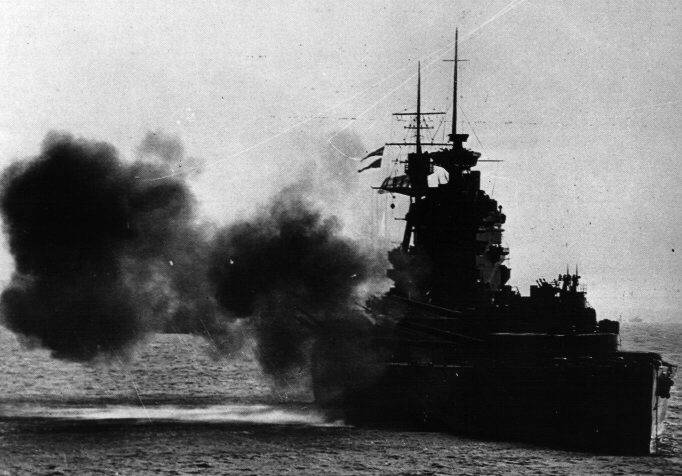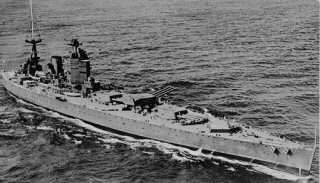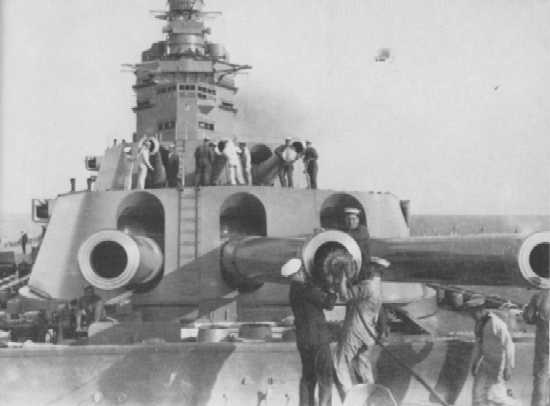With the news out that we are restarting the process (again) to replace our effective but aged TICONDEROGA Class CG, it would be helpful to look back at the first attempt to deliver a concept, last decade's aborted CG(X) study.
A friend known to me IRL was involved in that process first hand, and he agreed to put together a guest post, anonymously, on what he saw as the most important things for the new team to consider.
Over to him.
It was encouraging to read that the Navy is pressing forward with a “large surface combatant requirements evaluation team” to address replacement of the Ticonderoga-class Aegis cruisers. Early in the last decade, I was involved in the $20 million CG(X) Study that burped out a $7 billion nuclear cruiser and was, understandably, discarded. We did things the usual way and we got the usual results—an unaffordable platform. In this case, unlike other notable shipbuilding programs, somebody had the courage to reject it out of hand.
Our CG(X) study was a multi-year effort which involved every organ of the defense industry: OPNAV, NAVSEA, Naval Reactor Navy Labs, FFRDC’s (Federally Funded Research and Development Centers), AEGIS-BMD and, importantly, industry.
The study was led by an intrepid young officer, who worked for a rotating pool of Captains, and a rotating pool of Admirals, all of whom were in DC to make their mark and go onto the next career milestone. It was from this blur of leadership that the requirements for the new cruiser emerged. At that time, it concerned the Chinese DF-21D missile.
Requirements for power also emerged. Even then we could see that the new direction was directed energy or other high energy systems (e.g., railgun). Sustainability (the ability to operate independently for sustained periods) was recognized as a priority.
During the processes of analyzing alternatives, we looked at several hull forms. One suggestion was the LPD-17 LPD. It was the “knee in the curve” cost- and capability-wise. But it wasn’t fast. And it wasn’t CRUDES. And it couldn’t operate without support.
Superimposed upon all this was a lingering imperative from then-Defense Secretary Rumsfeld that if a platform didn’t have “transformational” technology (new stuff) it was subject to divestment. So, the result of the CG(X) study—now incomprehensible--is completely understandable if you understand the politics and the less austere budget at the time.
If I were to offer those undertaking this new study some advice, it would be this:
1. Requirements Evaluation Team. Require they produce a written letter (not a PowerPoint brief) at the end of their study and have each of them sign it. All the members. That way, years from now, we will know who to thank or blame. This is part of the problem.
2. Billet permanence in requirements generation. Imbed senior Program office people into OPNAV N96 (Surface Warfare). Let the people who actually have to execute this stuff at least be in the room when these requirements are generated. Make the tour lengths five years.
3. Surface warfare really needs to rethink its love affair with BMD. Once seen as a cash cow for building Aegis ships, what has actually happened is the Navy is paying for much of this mission out of hide. Specifically out of surface warfare readiness. BMD ships are tethered to a spot in the ocean to provide missile protection, are often denied opportunity for in port maintenance. The ships I saw in worse shape were those doing BMD.
4. Resurrect the “one technology innovation per platform” rule that guided us from post-WWII through the cold war.
We used to limit the introduction of new technologies to one per platform, so as not to risk the efficacy of a platform because of the failure of a single new system.
My sense in reading RADM Route’s comments is that this is the direction they are heading in (using an existing platform). But I wanted to say it just in case.
Photo credit sabotage181.
































